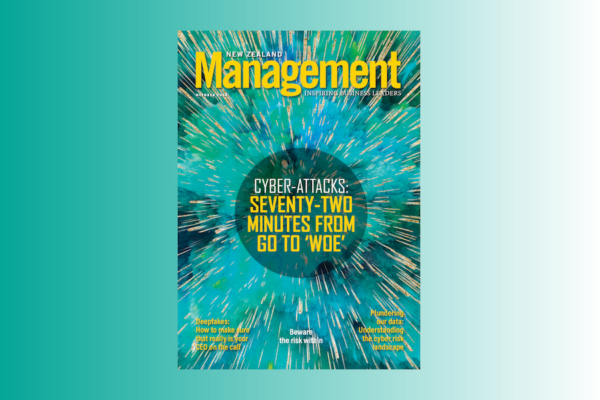Spam and its multiplicity of manifestations, is big business. At least, its cost to business is big – around $20 billion year according to latest international estimates. What we wanted to know was just how it impacts managing New Zealand organisations. How it clogs and clutters internal and external processes, how it wastes employees’ time and what, if anything, management can do about it. We asked our regular technology writer Vikki Bland to investigate and were surprised by some of the evidence and attitudes she found. For start, managers don’t like talking about spam, preferring instead to treat it simply as an IT security problem, best left to IT to deal with. Or maybe, ignore it altogether. But, as one expert told Bland, talking about spam within an organisation is important. By ignoring it, many organisations fail to appreciate just how much of problem it is and, more importantly, miss the opportunity to implement practices which can help them deal with spam and malicious software.
Even more disturbing, the problems caused by spam and its related activities look set to get worse before they get better. Hackers and spammers are increasingly getting around the perimeters set by traditional security technologies. And once again, management attitudes are playing major part in delaying reactions and responses to the problem. Despite the plethora of research and hard data showing just how spam and internet-borne attacks eat into business productivity, reputations and profits; anecdotal evidence suggests many managers believe the threat is “hyped” to help security vendors sell more products and services. “Memories of how the IT and consulting industries manipulated Y2K [to their commercial advantage] linger,” writes Bland. So what should managers do? Everything they can to establish tight security borders around their business networks, says Bland. And she outlines six steps managers can take to deliver better online security. Read this cover story starting on page 26 to find out what you can do to help slam spam in your enterprise.
And this issue of Management contains the fourth in our series on what makes an ideal salary package. There has, in the past 10 years, been surge in senior management pay levels – “two to three times those of middle management levels”, according to remuneration consultant Helene Higbee. And three important trends are driving up top level executive pay packets. To find out what these trends are and how you react to them, and to tell us what you think about increasingly commonplace performance pay packages, turn to page 37. To take part in our Ideal Salary Package survey either fax back the questionnaire in this issue or complete the questionnaire online by accessing our website www.management.co.nz. And flip this issue to read The Director, our corporate governance magazine.

More than one role at a time
If you are new to the world of double hatting (doing two full time roles at the same time) Kate Kearins offers tips she hopes might help you and your










